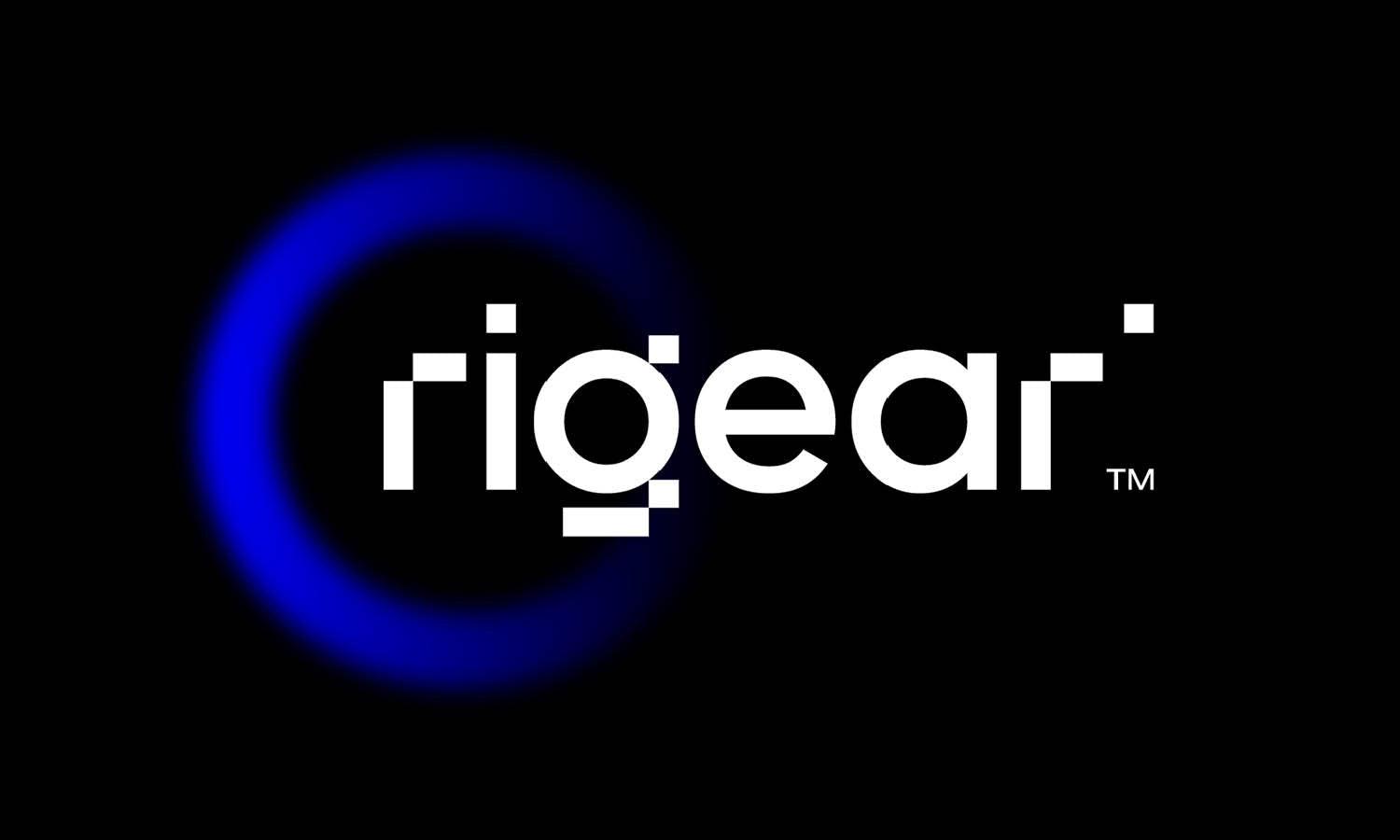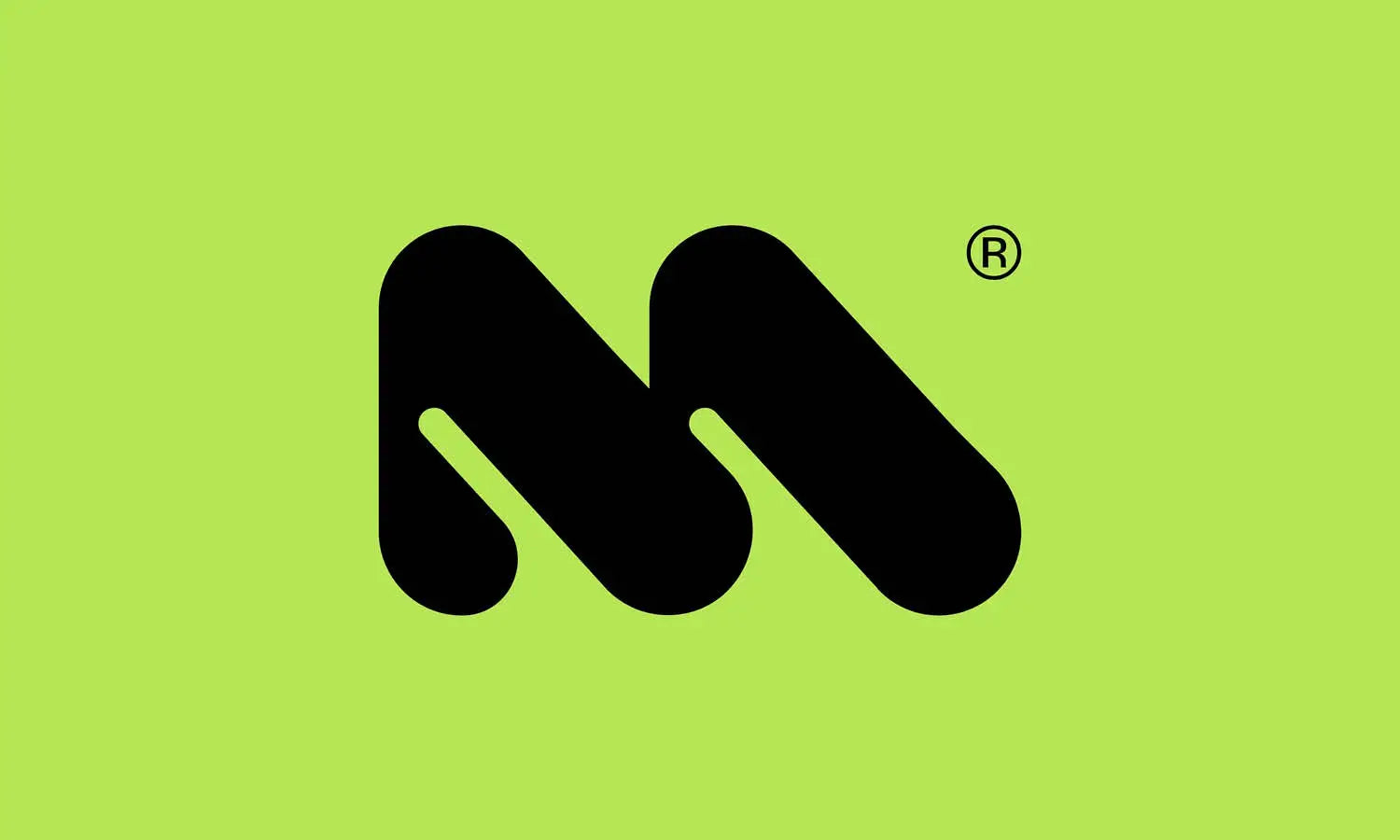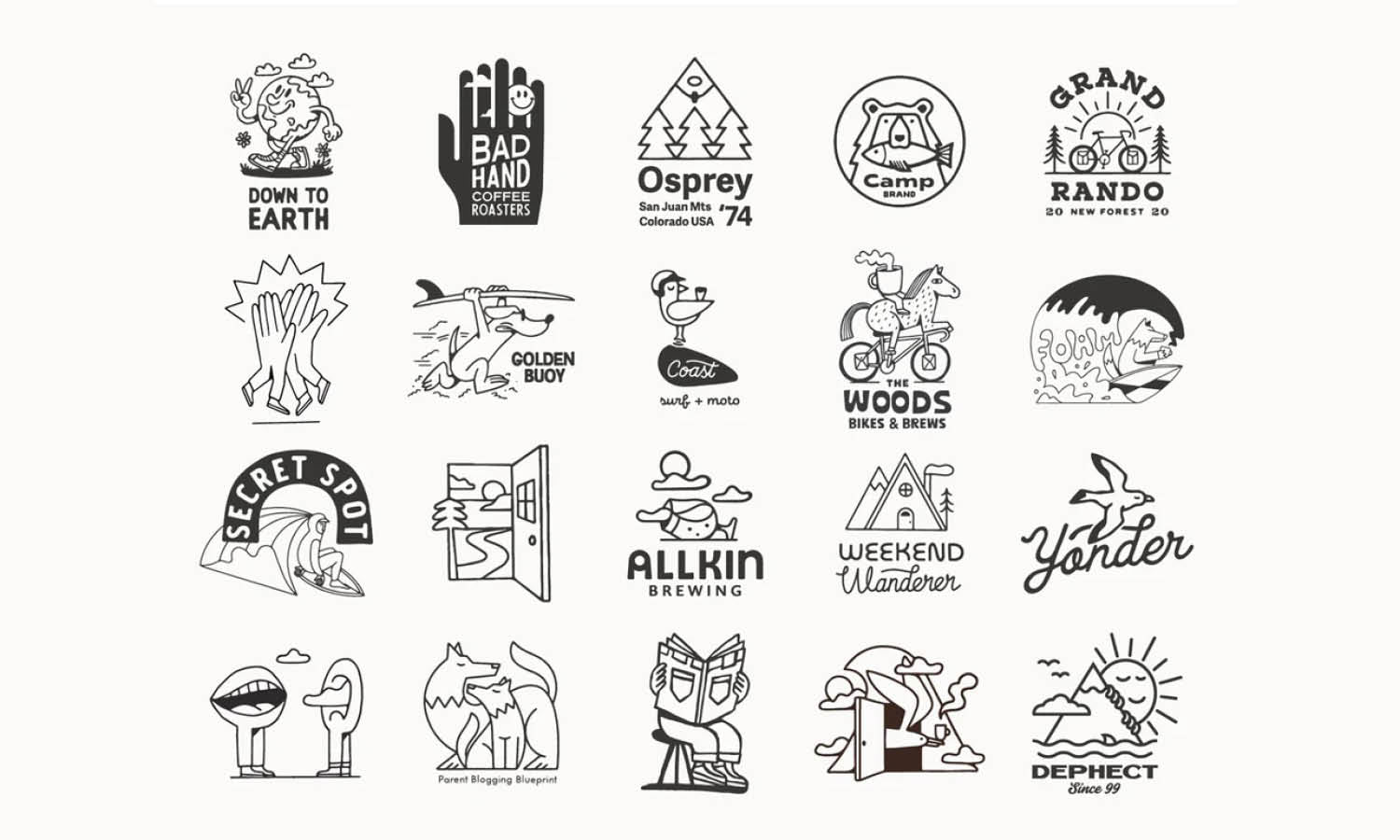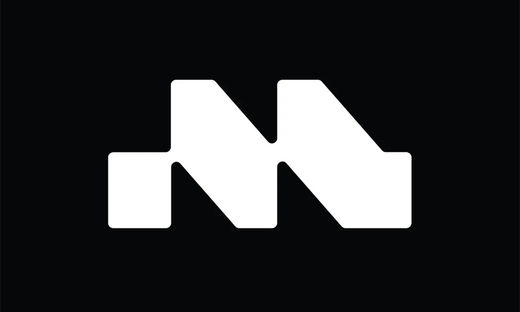10 Best Learning Paths to Become A Professional Logo Designer

Embarking on a career as a professional logo designer is an exciting journey that merges creativity with technical skill. In today's digital age, the demand for skilled designers who can craft memorable and effective logos is on the rise. Whether you are a budding artist or a seasoned practitioner looking to specialize further, understanding the most effective learning paths can significantly enhance your expertise and marketability. This article outlines ten comprehensive steps to guide you through the diverse educational routes, practical experiences, and self-learning opportunities available.
Each path is designed to equip you with the necessary skills, from mastering design software to understanding the subtleties of brand identity. By exploring these learning paths, you can build a robust foundation in logo design, propel your career forward, and establish yourself as a professional in this dynamic field. Let’s delve into the routes that can help transform your passion for design into a thriving professional endeavor.
Take Online Courses
In the digital era, online courses have become a pivotal learning path for aspiring professional logo designers. These platforms offer a flexible and accessible means to acquire specialized knowledge and skills directly from experts in the field. For those looking to enhance their logo design capabilities, numerous reputable websites provide courses ranging from beginner to advanced levels. Platforms like Udemy, Coursera, and LinkedIn Learning feature courses taught by seasoned professionals which cover essential topics such as Adobe Illustrator techniques, creative branding, and the psychology of color in logo design.
Additionally, many of these courses include hands-on projects that allow you to apply what you've learned by creating your own logo designs, receiving feedback from a community of peers and instructors. This practical experience is invaluable as it helps solidify your learning and build a portfolio that showcases your skills to potential clients or employers. Online courses not only offer convenience but also the opportunity to learn at your own pace, making it easier to balance with other commitments.
Earn a Degree in Graphic Design
Pursuing a formal education through earning a degree in graphic design is a significant step towards becoming a professional logo designer. This educational path provides a comprehensive understanding of design principles, software, and practical applications that are crucial for creating effective logos. Many universities and colleges offer graphic design programs that focus heavily on visual communication, digital media, and brand identity. These programs often include specific courses on logo design and branding, which are essential for understanding how logos interact with broader marketing strategies.
A degree in graphic design not only equips you with technical skills but also enhances your ability to think critically about design and develop creative solutions that meet client needs. Furthermore, a formal education setting offers the advantage of direct mentorship from experienced professionals, as well as the opportunity to collaborate with peers on projects that can enrich your learning experience. With a degree, you also gain a credential that can increase your credibility and appeal to potential employers or clients, setting you apart in the competitive field of logo design.
Participate in Workshops and Bootcamps
For those aspiring to become professional logo designers, participating in workshops and bootcamps offers a dynamic and immersive learning path. These intensive programs are designed to provide hands-on experience and direct interaction with seasoned designers. Workshops and bootcamps typically focus on specific aspects of logo design, such as conceptualization, digital execution, and client communication strategies. They often culminate in real-world projects that challenge participants to apply their skills under the guidance of professionals. This environment not only enhances technical skills but also fosters creativity and innovation by exposing attendees to the latest trends and technologies in the design world.
These events provide a valuable opportunity to network with other designers, receive personalized feedback on your work, and build relationships that can lead to future collaborations or job opportunities. By participating in these focused sessions, you can quickly elevate your design skills and gain insights that are often not covered in traditional educational settings. Whether it's a local workshop or an international bootcamp, each experience enriches your understanding and approach to logo design, making it a vital step in your journey toward professional mastery.

Gain Real-World Experience Through Internships
Gaining real-world experience through internships is a crucial learning path for those looking to establish themselves as professional logo designers. Internships provide a unique opportunity to work within design agencies or with experienced designers where you can apply your theoretical knowledge in a practical setting. This hands-on experience is invaluable as it allows you to engage with real projects, meeting client demands and deadlines, which significantly enhances your understanding of the design process from concept to completion. Moreover, internships enable you to observe and participate in the day-to-day operations of a professional design environment, helping you to acquire essential workplace skills such as project management, client interaction, and teamwork.
These experiences can also lead to mentorship opportunities where seasoned designers can provide guidance, critique your work, and help you refine your style. Additionally, successful internships often result in building a professional network, gaining references, or even securing a job offer. For any aspiring logo designer, internships are a stepping stone to a successful career, providing not just skill enhancement but also a glimpse into the challenges and rewards of the design profession.
Network With Other Designers
Networking with other designers is an essential learning path for anyone aiming to become a professional logo designer. Building relationships within the design community can provide a wealth of knowledge, inspiration, and opportunities. Attending industry conferences, participating in design seminars, and engaging in local meetups are excellent ways to connect with like-minded professionals. Networking events not only allow you to share your work and ideas but also enable you to receive constructive feedback and stay updated on the latest design trends and technologies. Furthermore, forming connections with experienced designers can lead to mentorship opportunities, collaborative projects, and even job referrals.
In today’s digital age, virtual networking platforms such as LinkedIn and design-specific forums also play a crucial role in building a professional network. Engaging in online discussions, sharing your portfolio, and contributing to design challenges can enhance your visibility and establish your reputation in the design community. By actively networking, you increase your chances of discovering new career opportunities and gaining insights that can significantly accelerate your development as a logo designer.
Join Design Communities
Joining design communities is a vital learning path for aspiring professional logo designers. These communities, ranging from online forums and social media groups to professional organizations, provide a platform for exchanging ideas, receiving feedback, and staying informed about industry developments. Platforms like Behance, Dribbble, and AIGA offer a space where designers can showcase their work, critique others’ projects, and gain exposure to diverse styles and techniques. Participating actively in these communities not only enhances your skills through continuous learning and feedback but also helps in building a supportive network of peers who can offer advice and encouragement.
Many design communities also host competitions and challenges that can push your creative boundaries and improve your problem-solving skills. Additionally, these communities often provide access to resources such as tutorials, webinars, and articles that can further your education and understanding of logo design. Joining and engaging in design communities is indispensable for personal and professional growth, helping you to keep pace with the dynamic field of design and establish a name for yourself as a skilled logo designer.
Build a Professional Portfolio
Building a professional portfolio is a crucial step on the learning path to becoming a professional logo designer. A well-crafted portfolio not only showcases your best work but also demonstrates your ability to meet diverse client needs and your versatility in handling various design styles. Start by selecting a range of projects that highlight your skills, creativity, and problem-solving abilities. Include case studies that detail the design process from inception to execution, showing potential clients or employers the thought process behind each project. Your portfolio should also reflect your personal brand, with a consistent style and quality that communicates your professional identity.
Utilize online platforms like Behance or create your own website to display your work. These digital portfolios make it easy to share your work widely and update it regularly as you complete new projects. Remember, your portfolio is an ongoing project; continually refine it by adding new works, removing older or less relevant pieces, and adapting it to target the types of jobs or clients you are most interested in. An effective portfolio opens doors to new opportunities and serves as a powerful tool for making a strong impression in the competitive field of logo design.

Get Certified
Getting certified in various design tools and techniques can enhance your credentials as a professional logo designer and provide a competitive edge in the job market. Certifications demonstrate a proven level of expertise and commitment to the field, reassuring clients and employers of your skills and professionalism. Consider certifications from recognized industry software providers like Adobe, where you can become an Adobe Certified Expert (ACE) in Illustrator or Photoshop. These certifications validate your proficiency in the tools that are crucial for creating high-quality, innovative logo designs.
There are broader certifications available through professional design associations like the American Institute of Graphic Arts (AIGA) that affirm your capabilities in design principles and practices. Pursuing these qualifications involves preparing for and passing exams that cover essential design skills, software knowledge, and industry standards. While getting certified requires an investment of time and resources, the benefits include enhanced job prospects, higher potential earnings, and greater trust from clients. Certifications can be a pivotal part of your learning path, setting you apart in a crowded field and showing your dedication to maintaining high standards in your work.
Follow Industry Leaders
Following industry leaders is an impactful learning path for anyone aspiring to become a professional logo designer. Industry leaders often set trends, innovate new techniques, and offer valuable insights into the evolution of design and branding. Engage with the work and teachings of renowned designers by following their social media accounts, reading their books, or attending their talks and webinars. Platforms like Instagram, Twitter, and LinkedIn allow you to see their latest projects, making it easier to understand their creative processes and business strategies. Many leading designers also share their expertise through blogs, podcasts, and YouTube channels, which can be a goldmine of information and inspiration.
Following these influencers can provide motivation and a clearer vision of your career aspirations by showcasing the potential heights your design career can reach. This exposure not only helps refine your design aesthetic but also keeps you informed about the latest industry standards, software updates, and design methodologies. Emulating successful designers and incorporating aspects of their approach into your work can accelerate your growth and enhance your credibility in the field.
Practice Regularly
Regular practice is indispensable for anyone aspiring to excel as a professional logo designer. It sharpens your skills, hones your artistic intuition, and deepens your understanding of design elements and principles. Set aside dedicated time each day or week to experiment with different styles, techniques, and concepts. This could involve redesigning existing logos, participating in design challenges, or creating logos from scratch based on fictional or real briefs. Utilizing platforms like Dribbble or Behance to share your work allows you to receive feedback from the design community, providing you with valuable insights that can propel your growth. Additionally, practice helps you stay familiar with design software, ensuring you are proficient in the latest tools and features.
By making regular practice a cornerstone of your learning path, you continually expand your creative boundaries and improve your ability to communicate visually. This consistent effort not only builds your technical skills but also develops your personal style, setting you apart in the competitive field of logo design. Engaging in daily design exercises can transform theoretical knowledge into practical expertise, preparing you for the complexities and challenges of professional logo design projects.
Conclusion
Carving a successful career as a professional logo designer involves a blend of continuous learning, practical experience, and creative exploration. Each learning path discussed offers valuable insights and skills that contribute to your development and expertise in the field. From formal education to self-directed practice and professional networking, these steps are designed to build a robust foundation in logo design. Embrace these opportunities to enhance your abilities, keep abreast of industry trends, and cultivate a distinctive style. As you progress on these paths, your journey will lead to mastery and innovation in the art of logo design.
Let Us Know What You Think!
Every information you read here are written and curated by Kreafolk's team, carefully pieced together with our creative community in mind. Did you enjoy our contents? Leave a comment below and share your thoughts. Cheers to more creative articles and inspirations!
















Leave a Comment